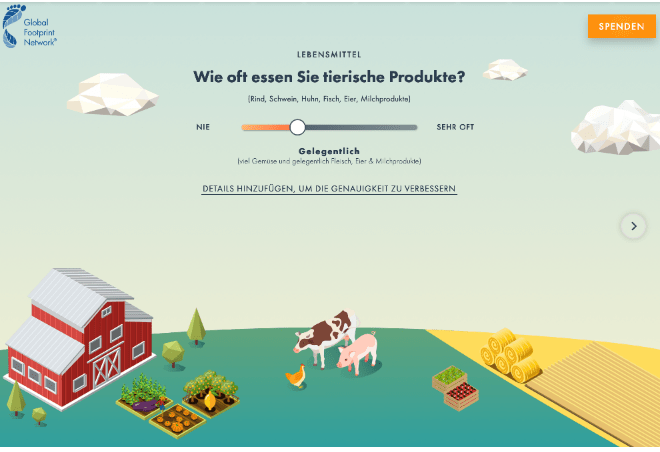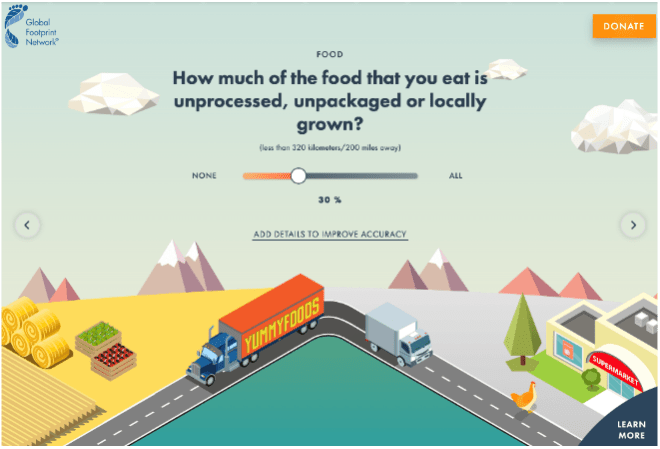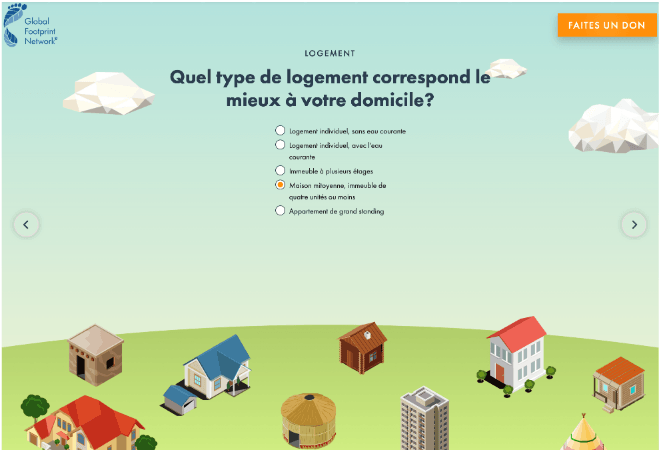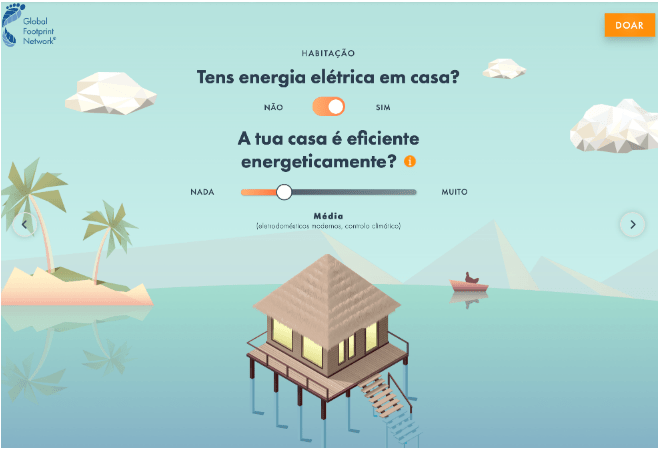3.2 Take care of the earth
Raising students’ awareness of environmental issues and encouraging them to take action by adopting sustainable practices and habits in their everyday life is crucial in Global Citizenship Education. Climate crisis, biodiversity loss, pollution and waste management, overconsumption and sustainability are all interlinked. Teachers can help students become more informed about complex local/global processes related to environmental issues, in order for young generations to feel a deeper sense of responsibility for taking action on these major global concerns. Unit 2 of the GCMC toolkit encourages learners to reflect on the fact that small changes and actions made by each of us can make a big difference to the planet and to all the creatures living on it.
We ran a workshop with fourteen Master’s student teachers of languages at the University of Bologna. The original unit is made up of six activities. We chose and adapted the warm-up exercise in Activity 1, and ran exercise 2 in Activity 6, which is based on a quiz about food habits, living situation, energy use at home, waste habits and mobility. Finally, we used exercise 2 in Activity 4, which focuses on recycling.
We positioned the students as future language teachers, asking them to engage with the activities as learners, but also to reflect on how they might use these activities in the classroom.
The Turning Point
To introduce the topic of the workshop, we showed Steve Cutts’ video “The Turning Point”, which explores environmental issues from the perspective of humans in the brink of extinction in a world dominated by animals. We asked participants to complete Handout A as they watched the video.

After showing the video, we did a quick debrief, asking the students how the video made them feel. Most said that it made them feel anxious, although they felt that the graphics would appeal to secondary school students.
After this short introduction to the topic, we moved to the What is your ecological footprint? exercise. We asked participants to use their digital devices to open the link to the Footprint Calculator, an online tool that assesses an individual’s footprint based on the answers to a number of questions about daily habits. The participants had to open the link in the language they would be teaching in the future (English, Spanish, French, Portuguese or German) and respond to the questions (Figures 2, 3, 4, and 5).
Once the students obtained their own summary, they were asked to compare their results in pairs and share their reactions, which were mostly of surprise and concern, as they were little aware of the impact daily habits can have on the environment. We then asked them to come up with two or three concrete and immediately applicable ideas to reduce their footprints. Some mentioned using their bicycle more often, not buying packaged fruit and vegetable, remembering to switch off their electrical devices when not in use, and recycling more and better.
Regarding their role as future language teachers, we asked them to share any ideas on how to integrate the questionnaire with scaffolding resources to facilitate comprehension and learning of a foreign language. The question was challenging as the students had been busy answering the questionnaire and had not focused on the potential linguistic challenges of running this activity in a foreign language class. However, they came up with some good ideas on how to teach the necessary vocabulary and grammatical structures. For example, future teachers of English focussed on wh- questions (how much…how many… when…), while future Italian teachers discussed lexical sets (related to food, means of transport, types of dwellings etc).
Recycling
The need to recycle more and better, mentioned by several pairs, was the cue to move to the next and last activity, which tested the students’ knowledge of recycling rules (even if these can vary slightly depending on the city and country). We gave out Handout D (Figure 6) and asked them to work in pairs, matching the objects depicted with the appropriate waste container in five minutes.
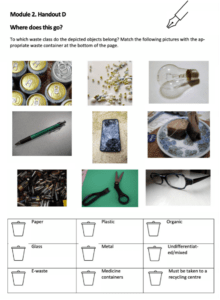
After the time was up, each pair reported back in plenary, noting how different city councils had different rules (for example, there often isn’t a “metal container”, so cans go in the glass container or in the paper container). Some students also discussed more difficult choices (for example, where to put cat litter or cloth). They also pointed out that the activity could be expanded to more objects and used to teach vocabulary in the foreign language.
The workshop was very successful, and the students asked where they could find additional materials on this topic. We showed them the entire Unit 2 as well as the project toolkit online, and encouraged them to explore the other resources. The students were extremely positive about the experience and, as future language teachers, found the resources highly inspiring.
